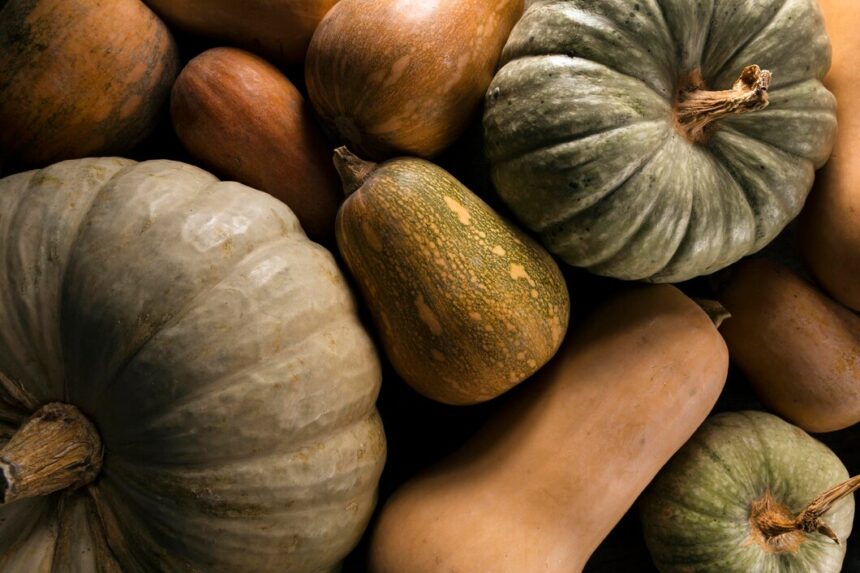Powdery mildew is a fungal disease that commonly affects pumpkins and other cucurbits. Early detection is crucial for preventing severe damage to your pumpkin crop. Here are ten early signs to watch out for that indicate your pumpkins may have powdery mildew:
- White Powdery Patches: The most obvious sign of powdery mildew is the appearance of white or grayish powder-like patches on the upper surfaces of pumpkin leaves. These patches often start small but can quickly spread as the disease progresses.
- Leaf Yellowing: Infected leaves may begin to yellow, especially around the areas with powdery patches. This yellowing can be a sign of nutrient deficiency caused by the fungal infection.
- Distorted or Stunted Growth: As powdery mildew affects the leaf surface and reduces photosynthesis, affected pumpkin plants may exhibit slowed or stunted growth. This can include smaller leaves, shorter vines, and overall reduced vigor.
- Curling or Twisting Leaves: Infected leaves may curl or twist unnaturally. This distortion is a response to the damage caused by the fungus, which disrupts normal leaf development.
- Premature Leaf Drop: Leaves infected with powdery mildew may start to drop prematurely, even before autumn. This can expose fruits to direct sunlight, increasing the risk of sunscald and affecting fruit quality.
- Powdery Residue on Fruits: In severe cases, powdery mildew can affect pumpkin fruits directly. Look for a powdery residue on the surface of immature fruits, especially where they are in contact with infected leaves or vines.
- Reduced Flower Production: Powdery mildew can affect pumpkin flowering and subsequent fruit set. Infected plants may produce fewer flowers or fail to set fruit due to stress caused by the fungal infection.
- Powdery Mildew on Stems and Vines: While leaves are the primary targets, powdery mildew can also infect pumpkin stems and vines. Look for powdery patches on these parts of the plant as well.
- Brown or Necrotic Spots: As the disease progresses, infected leaves may develop brown or necrotic spots. These spots can eventually lead to tissue death and further weaken the plant.
- Spreading to Nearby Plants: Powdery mildew is highly contagious and can spread rapidly under favorable conditions. If neighboring plants, especially other cucurbits like squash or melons, show similar symptoms, it’s likely that powdery mildew is present.
Early detection and proactive management are key to controlling powdery mildew in pumpkins. Monitor your plants regularly, especially during periods of high humidity and warm temperatures, which favor fungal growth. Implementing cultural practices such as proper spacing, good air circulation, and timely removal of infected plant parts can help reduce the spread of powdery mildew and protect your pumpkin crop.
By recognizing these early signs and taking prompt action, you can effectively manage powdery mildew and safeguard the health and productivity of your pumpkin plants throughout the growing season.
Join 'Farmers Mag' WhatsApp Channel
Get the latest Farming news and tips delivered straight to your WhatsApp
CLICK HERE TO JOIN






